Motivation: I want to play with amateur radio digital modes (like FT8, WSPR, etc.). There are several software tools that can manage all the encoding/decoding, which use the soundcard to generate/receive audio waveforms, but I don't have a rig capable of USB AM modulation which does the translation to RF. (Although the modulation is AM, the resulting waveform is essentially FSK).
I do, however, have an SDR dongle, so I can receive just fine. This project is about creating a general-purpose transmitter capable of any FSK waveform.
Concept: The AD9850/51 is a cheap and powerful DDS ('synth') which can easily generate signals at all of the RF frequencies I'm interested in, and is agile enough to add frequency or phase modulation. A simple microcontroller (e.g. Arduino Nano) should be able to take the audio waveform from the PC, determine the frequency, and program the DDS accordingly. Do this fast enough, and the DDS should track the audio as the FSK tones change
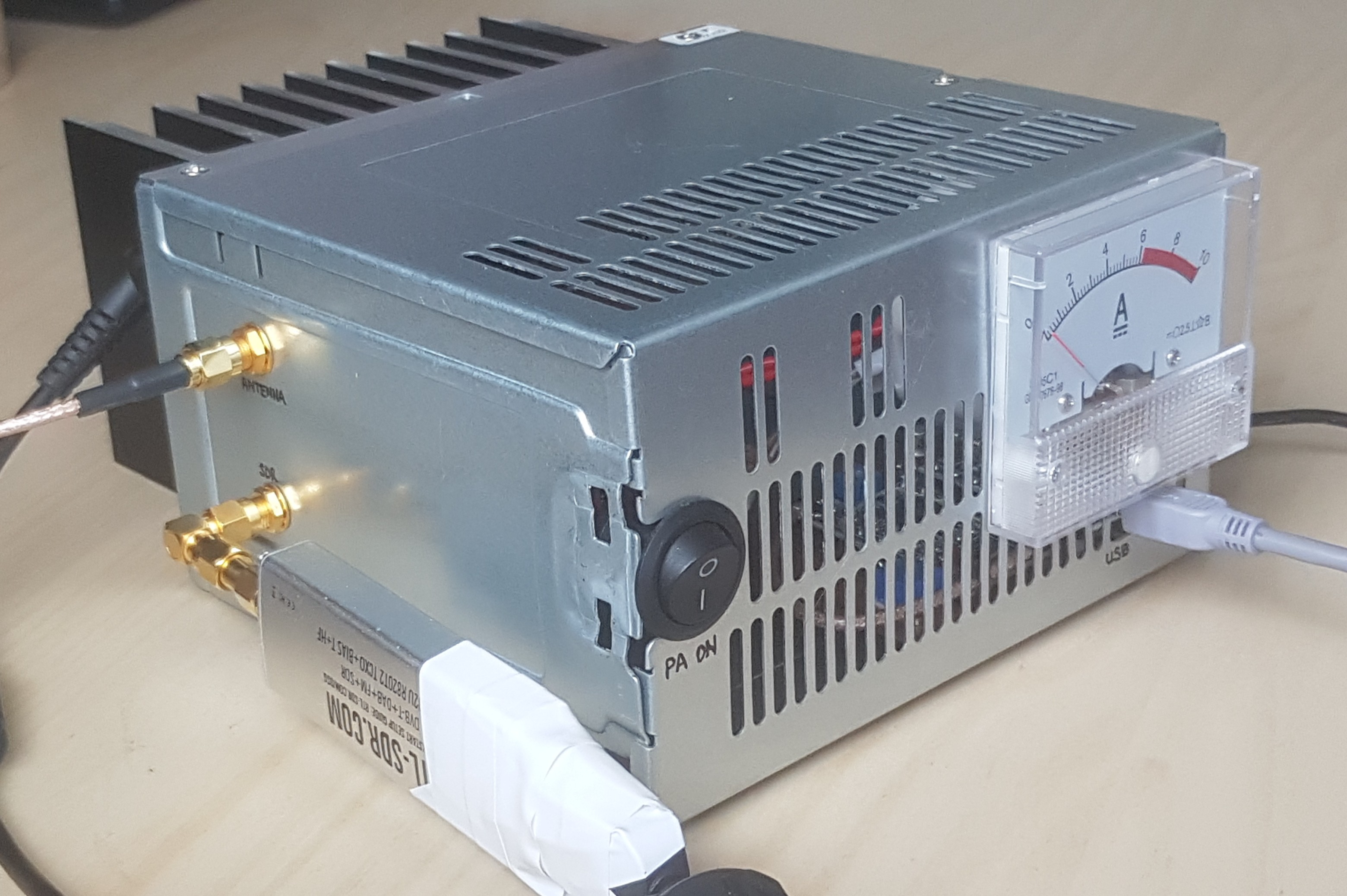

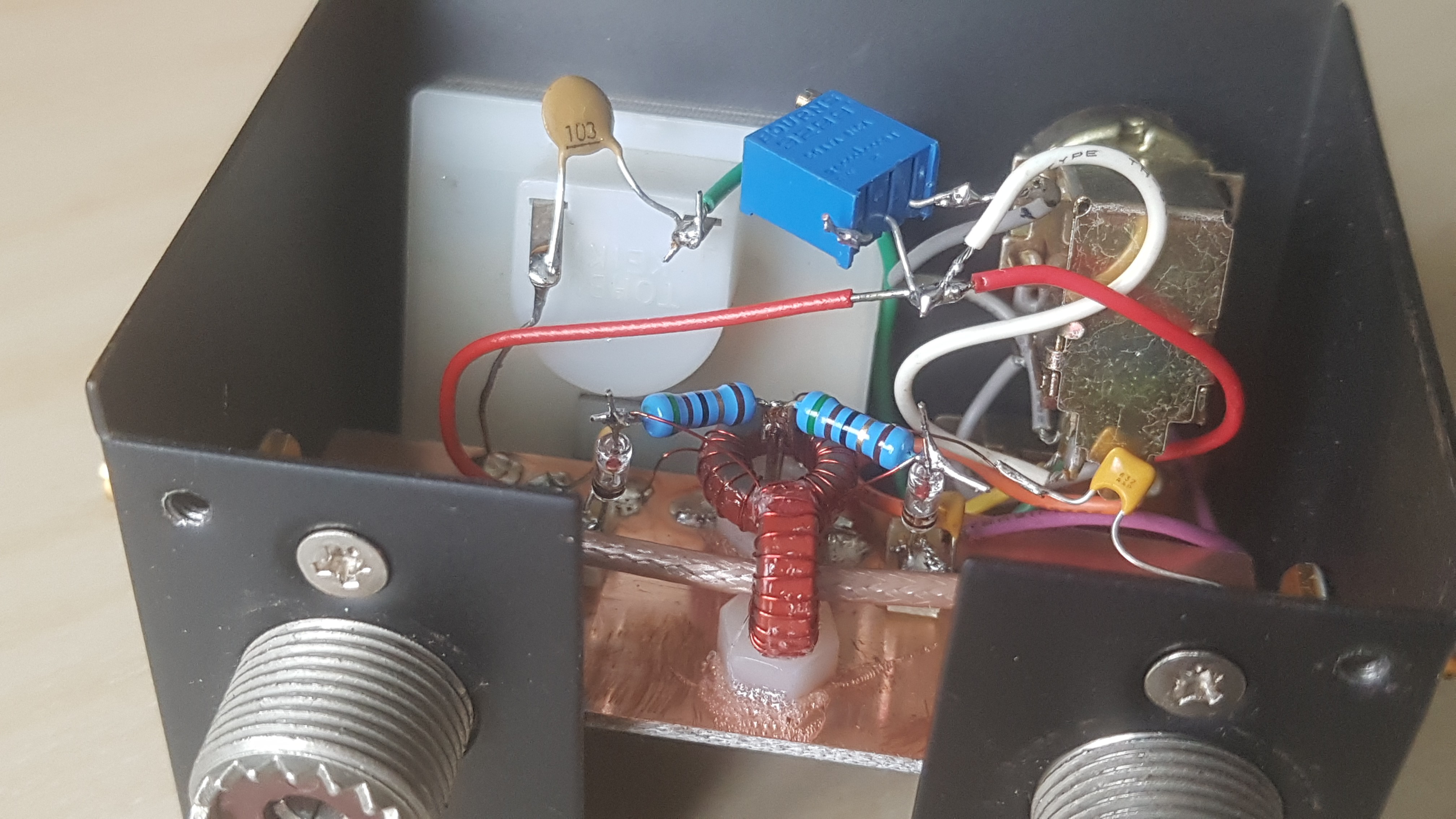



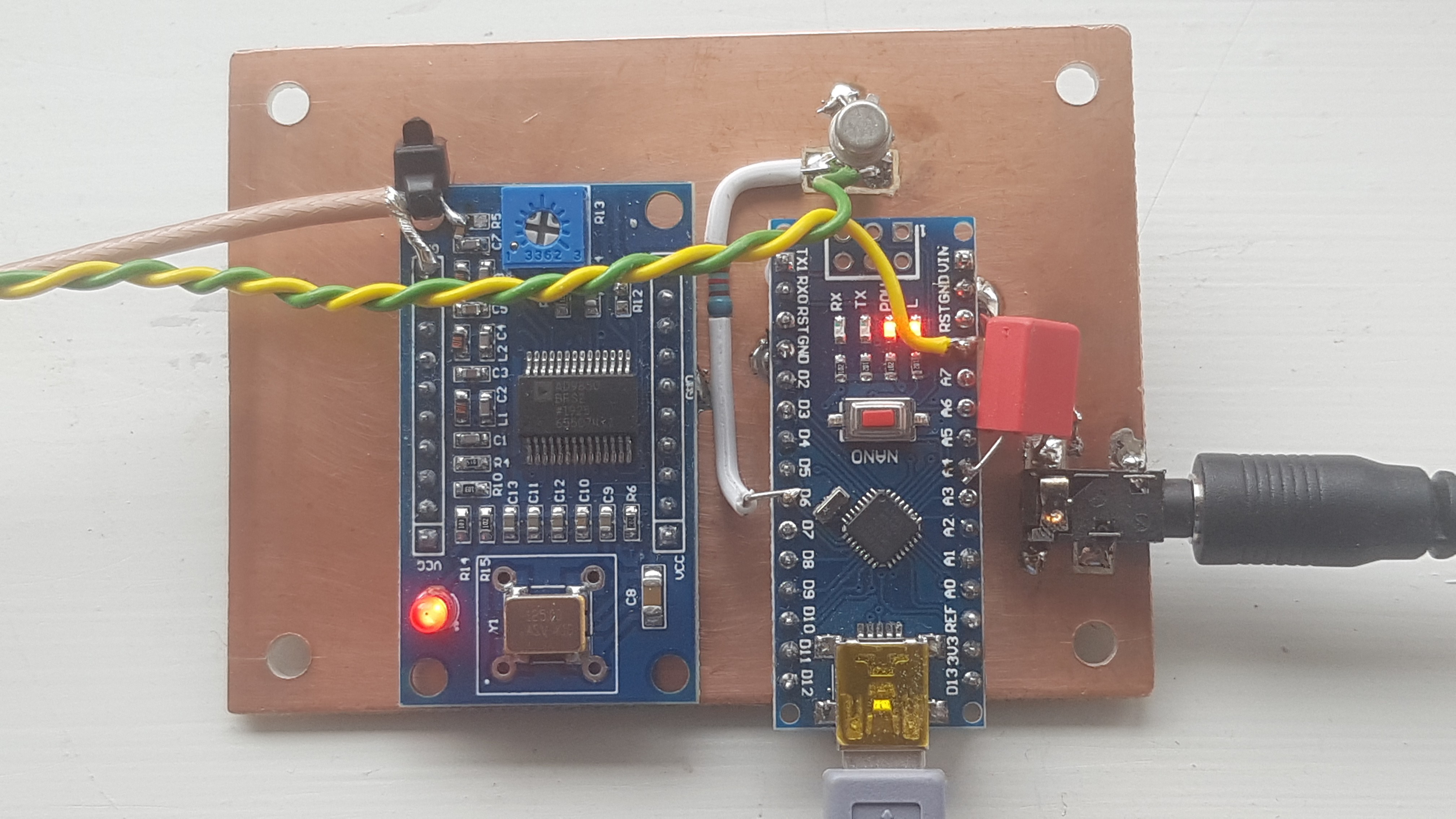
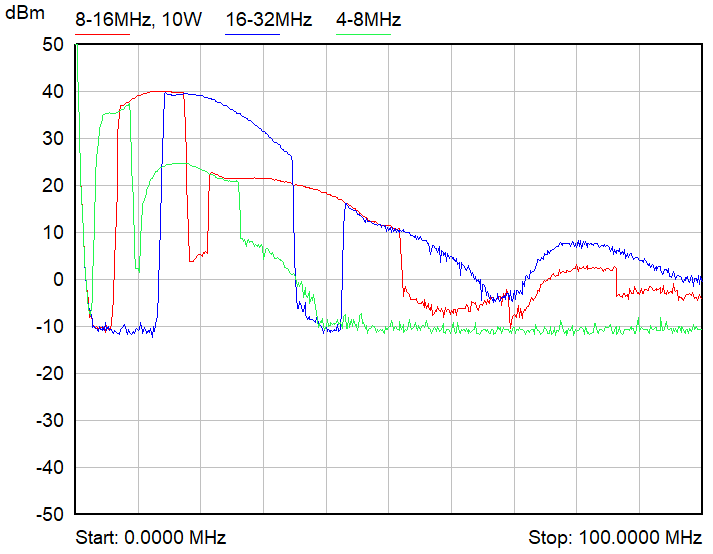
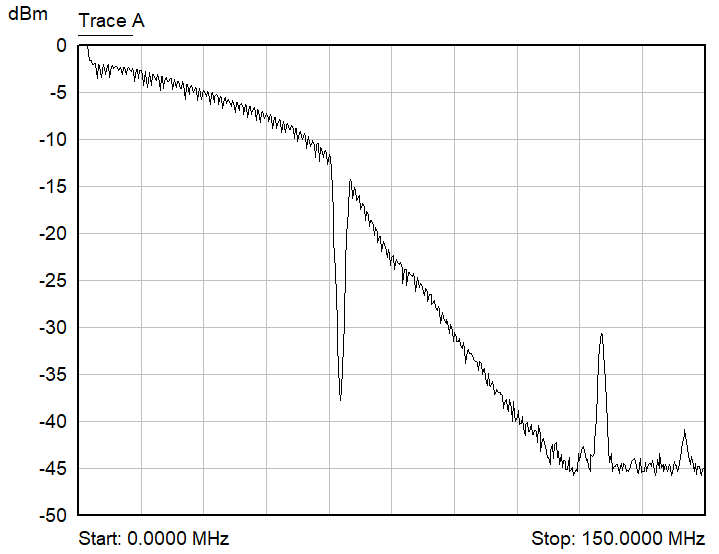

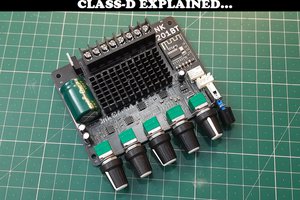
 Sagar 001
Sagar 001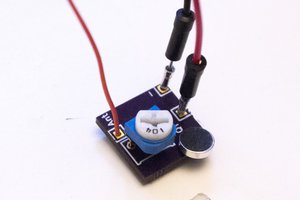
 James Pae
James Pae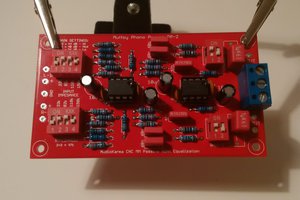
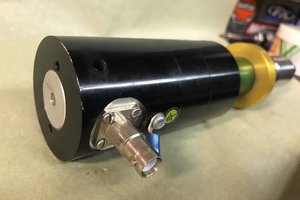
 JasMoH
JasMoH
Thanks for sharing. Congrats for the nice idea and build. 73 de IN3EDA